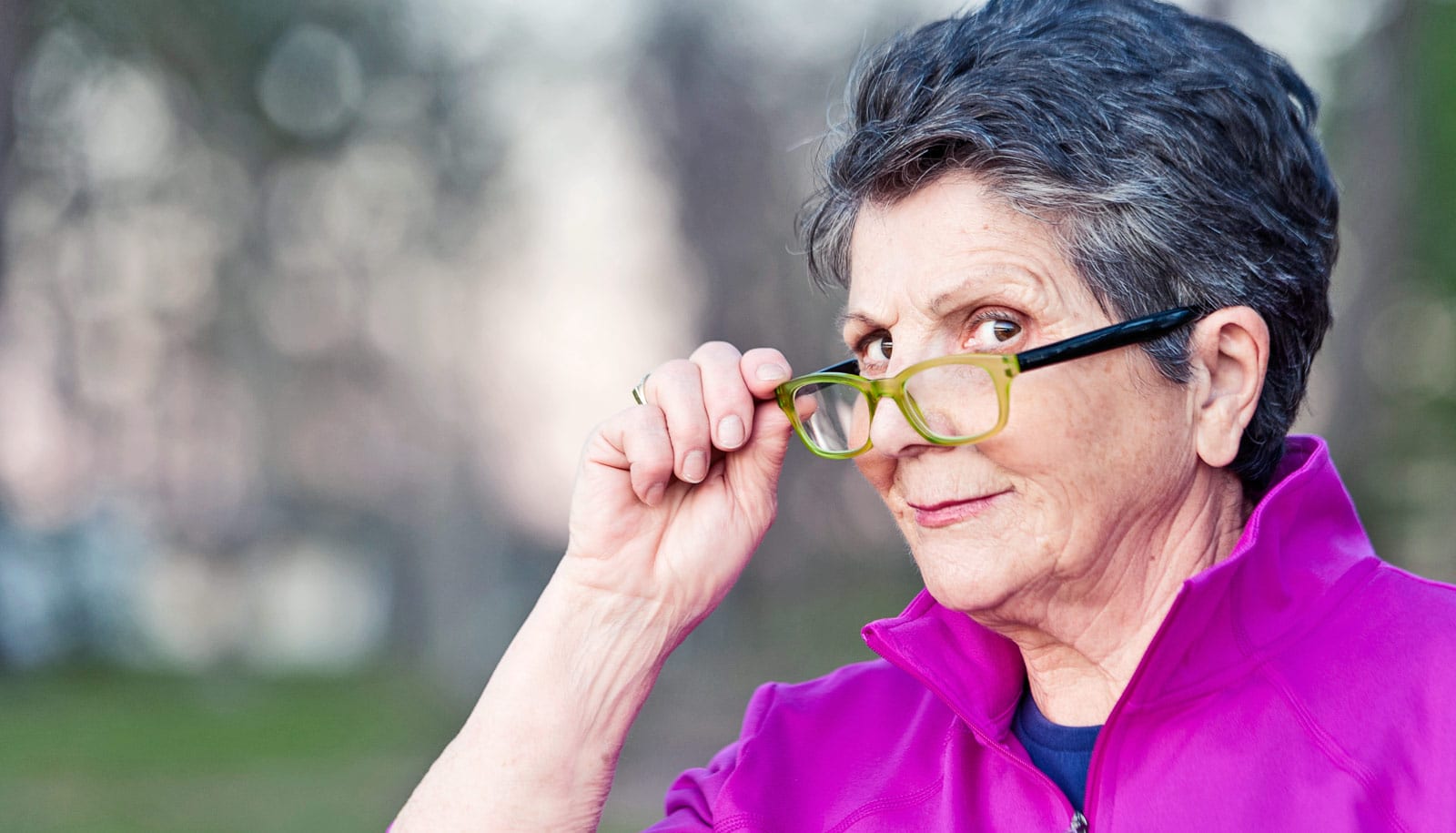Many women get happier in later life, report researchers, particularly in the years between 50 and 70.
Both negative mood and depressive symptoms decreased significantly over that time, and across the years after menopause, the study finds.
Until now, there has been little longitudinal research into depressive symptoms and negative mood as a specific measure and the research can be subject to bias, as those with a lowered mood drop out over time. But this study, published in Maturitas, followed women for 20 years from the early 1990s.
The University of Melbourne researchers find that negative mood scores in Australian women decreased significantly as they transitioned from midlife (between the ages of 50–64) to late-life (over the age of 65). Depressive symptom scores also reduced significantly between the ages of 60 and 70.
For many women, this appears to be related to the positivity around more “me” time as they wind down from full-time work and family responsibilities.
“They are free to enjoy the fruits of their hard work and are able to prioritize their own needs and wants.”
Study author and psychologist Katherine Campbell says the findings suggest that mood improves as women transition from midlife to late-life. “The women in this study reported feeling more patient, less tense, and they tended to be less withdrawn as they entered their sixties,” she says.
“They were no longer experiencing the physical symptoms associated with menopause and were actively engaging in the community. Many women are more comfortable within themselves by the time they enter late-life and a majority have accepted and embraced the aging process.”
But professor Cassandra Szoeke adds that there have been relatively few longitudinal studies that have assessed negative mood over time in women, and more are needed.
“Physical illness, medication use, and worrying about becoming ill are all more common in older adults and have been shown to inflate scores that measure depression,” she says.
“This makes the assessment of mood, which may provide a stable factor from which to determine risk of mood disorder, ripe for further research.”
400 women in 1990
In this 20-year study, researchers looked at negative mood and depressive symptoms from the Women,’s Healthy Ageing Project, which started in 1991 as the Melbourne Women’s Midlife Health Project and covers biological, lifestyle, and health factors.
The project began with more than 400 women, who were aged between 45 and 55 when recruited in 1990. Of those, 252 participants remained after 20 years. It is believed to be the first study to include depressive symptoms and a separate assessment of negative mood over an extended period.
Friends beat family for aging well
“Qualities of happiness” categories included confluence, optimism, self-esteem, self-efficacy, social support, social interest, freedom, energy, cheerfulness, and thought clarity.
From these, 10 negative adjectives and 10 positive adjectives formed the Positive Mood and Negative Mood sub scales, with the overall result representing a general wellbeing score.
The negative adjectives were lonely, helpless, impatient, depressed, hopeless, withdrawn, discontented, confused, tense, and insignificant.
Biological, lifestyle, and health factors were also part of the assessment. They included age, body mass index (BMI), severity of “hassles,” number of bothersome physical symptoms, employment status, education status, use of alcohol, menopausal status, smoking status, marital status, living status, self-rated health, and anti-depressant use.
Needs and wants
“Women feel more in control of their lives and are still physically capable of enjoying their hobbies and traveling. They are often more financially stable and have less responsibility for children,” says Campbell.
Are you ‘old’ yet? The cutoff has shifted
“They are free to enjoy the fruits of their hard work and are able to prioritize their own needs and wants. Most of the women we worked with were financially independent and lived in their own home.”
Global research studies specifically examining negative mood have already shown that adults generally report a decline in negative mood as they age. One longitudinal analysis found negative mood scores decreased steadily in men and women to the age of 60, then continued to fall at a much slower rate.
Current knowledge on depressive symptoms is inconclusive. Some researchers have found increases across age groups and others have recorded decreases. Factors such as age and cultural background and also affect results.
Campbell says that while it is fair to assume that a number of these factors contribute to improved mood, researchers don’t have definitive answers.
“The next goal of our research is to explore this question and to determine why these women become less depressed.”
Additional researchers on the project are from the University of Melbourne, Monash University, and Melbourne EpiCentre.
Source: Cheryl Critchley for University of Melbourne



